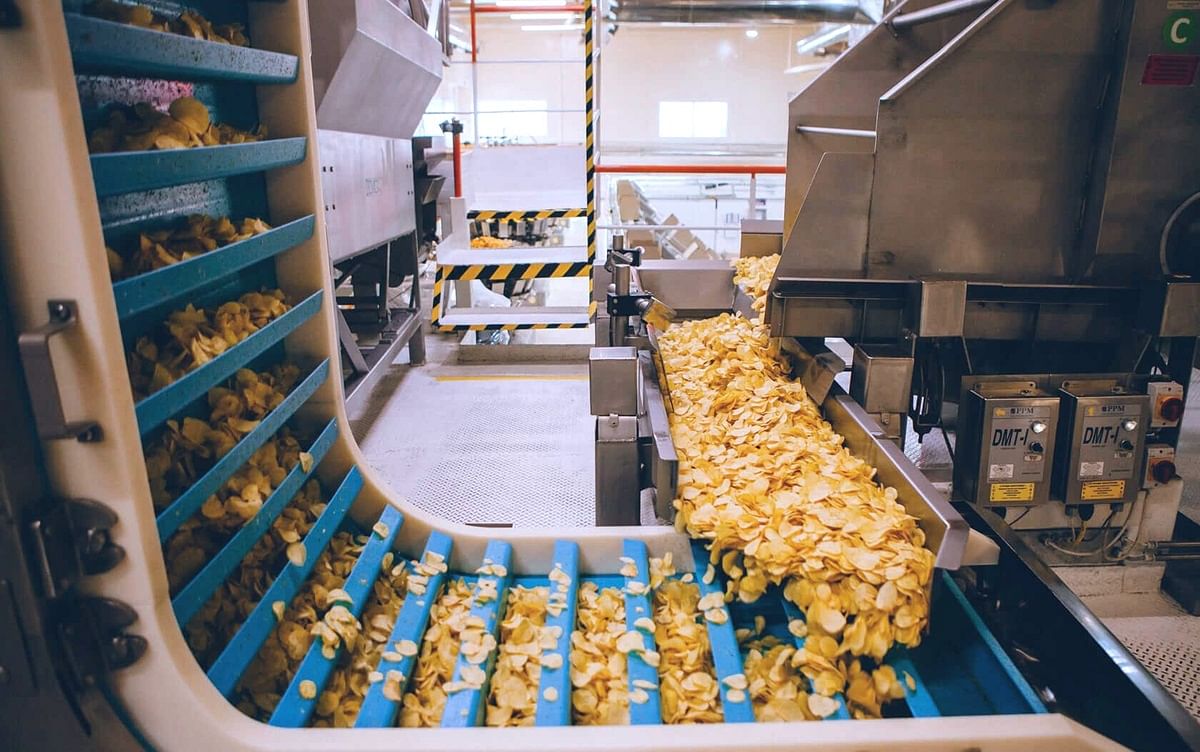
When it comes to food processing, flavor, and nutrition are frequently sacrificed the sake of safety. However, a new study led by food scientist Jennifer Acuff and published in the Journal of Food Production aims to ensure food safety and minimize quality loss. As an assistant professor of food microbiology and safety at the Arkansas Agricultural Experiment Station, Acuff and her team are conducting research to minimize the loss of vitamins, minerals, and flavor in food products, while ensuring that they are safe to consume. Their goal is to revolutionize the industry by placing equal emphasis on safety and quality.
Traditionally, food processors have relied on high temperatures to eliminate pathogens like salmonella and listeria through pasteurization or sterilization. However, these elevated temperatures can degrade the overall quality of the food. Acuff highlights the industry's reliance on stringent safety standards, which often sacrifice quality unnecessarily.
Acuff's study, focused initially on low-moisture food products such as powdered milk, employs a multidisciplinary approach encompassing microbiology, engineering, and statistics. This collaborative effort aims to equip the food industry with a tool to enhance safety without compromising the quality of dried food products.
The methodology developed by Acuff and her team is not confined to low-moisture foods; it has the potential to extend to other food types and processing methods, offering a comprehensive solution to food safety challenges.
Central to their approach is the use of “surrogate” microorganisms, similar to crash test dummies, to validate the effectiveness of food processing methods in eliminating harmful pathogens. These surrogates, though non-pathogenic, exhibit similar or greater heat resistance than actual pathogens, providing a reliable means of testing.
One key aspect of the study is the calculation of the "kill ratio," which measures the effectiveness of a process in reducing harmful microorganisms. This ratio, expressed on a logarithmic scale, quantifies the reduction in bacteria achieved through processing.
However, traditional methods for determining the kill ratio, such as the "simple mean," fail to account for the variability inherent in microorganisms. To address this limitation, the researchers introduced a novel technique called "bootstrapping," which generates multiple samples to account for uncertainties in experimental data.
The application of bootstrapping enables food processors to tailor their approach based on risk tolerances, striking a balance between safety and quality. By estimating the distribution of kill ratios, processors can choose a level of risk that aligns with their objectives, thus optimizing both safety and quality parameters.
Arshpreet Khattra, a former graduate student involved in the study, played a essential role in applying bootstrapping techniques to estimate kill ratio distributions in milk powders. Her contributions have paved the way for a more nuanced approach to food processing, one that mitigates risks while preserving the integrity of the final product.
The findings of this groundbreaking research have significant implications for the food industry. By providing a framework for balancing safety and quality, Acuff and her team have positioned themselves at the forefront of food science innovation.
As the study gains traction, its insights have the potential to revolutionize food processing practices, ensuring that consumers can enjoy safe, nutritious, and flavorful food products without compromise.
(Source: University of Arkansas System Division of Agriculture)










